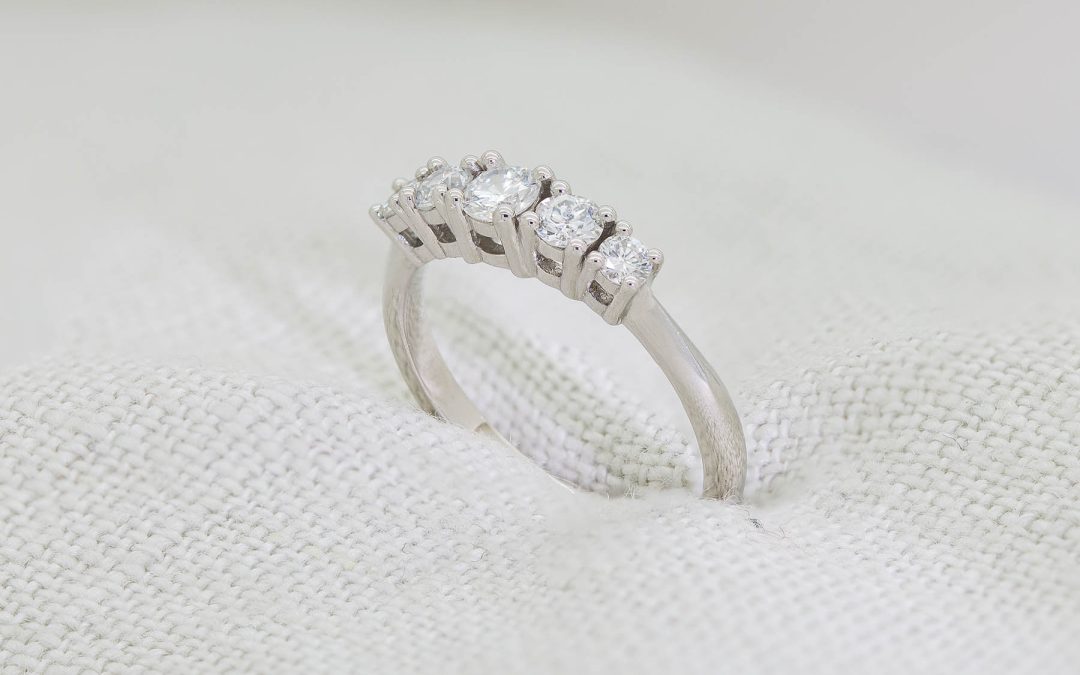When you have an engagement ring made especially for you, you’ll get to choose your own diamond.
Not everyone’s budget will run to that of Taylor Swift and Travis Kelce’s cushion cut 10ct antique diamond….and neither does it need to.
I’m sure it goes without saying that the love in a relationship isn’t measured by the size of the diamond, or by how many months pay you spend on an engagement ring (looking at you De Beers).
So what do you need to know…?
If you want a responsibly sourced, conflict free (more on that in a minute) diamond, then it needs to be traceable to the mine or place of origin. Diamonds labelled conflict free, simply aren’t good enough unfortunately. The definition of conflict only applies to wars waged by rebel armies. If that diamond is funding wars waged by a recognised government, then apparently they’re conflict free (no it doesn’t make any sense to me either). There’s lots of work being done to try and change the definition, but unsurprisingly many of the diamond producing countries don’t want it to change. In 2025 the top five diamond producing countries were: Russia, Botswana, The Democratic Republic of Congo, Australia, South Africa and Canada.
So, other options:
Lab Created – probably came from Russia, India or China, using old HPHT (High Pressure High Temperature) technology and won’t be traceable (think child labour, emissions etc). The only company in the UK currently producing lab diamonds is Skymined and you’d have to buy direct from them.
Antique – older cut (beautiful – cut to sparkle in candlelight), no traceability, but at least you know they’ve been above ground for many years.
Recycled Modern Diamonds – at least they’re already above ground, BUT they could have been mined last month. The jewellery industry makes lots of jewellery, much of which is then melted down and recycled when it doesn’t sell.
Reuse what you have – if you’re lucky enough to have a diamond left by your gran, or gifted by another family member, use that.
Ok you ask, but if I’m buying a traceable diamond, what do I need to know?
Diamonds come in many different shapes and sizes, there will be lots more options if you look at round, followed closely by oval.
A slight decrease in size, clarity colour or even symmetry can all shave hundreds of pounds off the price of a diamond.
A diamond just under the 0.5ct or 1ct sizes may well give a very good saving.
An oval diamond may well “face up” or look bigger than a round diamond of the same carat size.
Diamonds in browns or yellows might be less expensive than white – it will depend on the saturation and rarity.
Salt and pepper diamonds are much less expensive than white ones.
Need some help finding the perfect diamond? Get in touch

